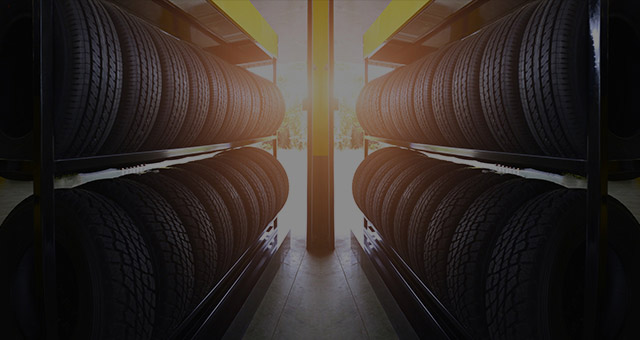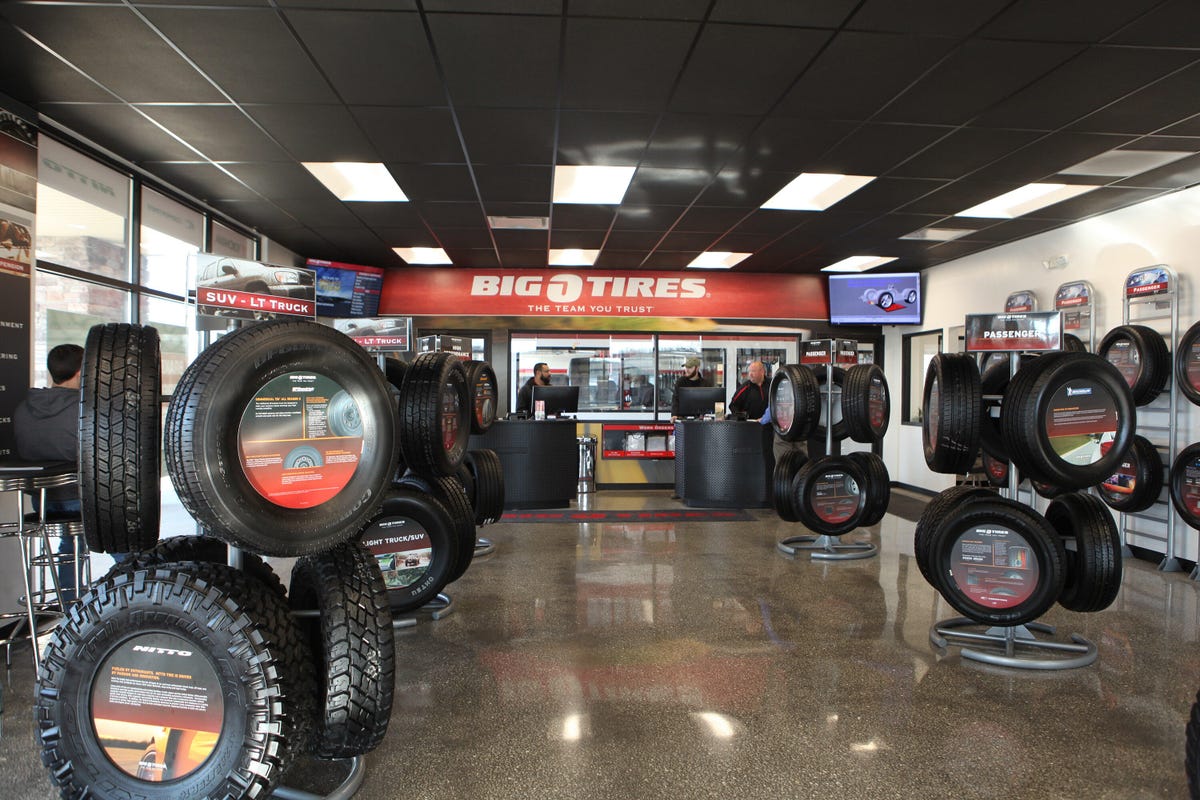Conserve Big with Mopar Tire Service Specials in Morris: Limited Time Uses
Conserve Big with Mopar Tire Service Specials in Morris: Limited Time Uses
Blog Article
Tire Service: Recognizing Tire Pressure Tracking Solutions
Comprehending Tire Pressure Surveillance Systems (TPMS) is a critical facet of preserving optimal vehicle efficiency and safety on the roadway. With innovations in vehicle innovation, TPMS has become a conventional function in modern lorries, supplying real-time details on tire pressure degrees. Digging much deeper right into the details of TPMS, one can reveal the numerous parts that make up this system and the value of each in ensuring exact monitoring. From direct to indirect TPMS systems, the landscape of tire pressure surveillance is diverse, each with its one-of-a-kind set of advantages and considerations. Stay tuned to unravel the intricacies of TPMS, from upkeep ideas to the obvious advantages of maintaining your tires properly blew up. tire shop morris.

Significance of TPMS
The significance of Tire Pressure Tracking Solutions (TPMS) depends on their ability to improve automobile safety and security and performance through real-time tracking of tire stress degrees. Maintaining the correct tire pressure is vital for making sure optimal handling, braking, and overall security of a lorry. TPMS provides chauffeurs with prompt feedback on any underinflated or overinflated tires, enabling prompt modifications to be made.
Elements of TPMS
Consisting of different vital elements, a Tire Stress Tracking System (TPMS) functions as an innovative safety and security feature in modern lorries. The primary parts of a TPMS consist of sensors, a control component, and a warning indication. Sensors are usually situated in the tire shutoff stem or connected to the wheel assembly, where they gauge tire stress and transmit information to the control module. If it spots dramatically low stress in any of the tires, the control module processes this info and triggers a warning. The caution indicator, commonly a symbol on the dashboard, signals the chauffeur to examine the affected tire or tires. Some progressed TPMS versions likewise present the actual tire stress analyses for every tire, giving chauffeurs with real-time information to make certain optimum tire performance and safety. By keeping track of tire stress constantly, TPMS helps prevent crashes, minimizes tire wear, and boosts fuel performance, making it a vital part for vehicle safety and performance.
Sorts Of TPMS

On the other hand, indirect TPMS relies upon the lorry's wheel speed sensing units to keep an eye on tire pressure. This system finds underinflation by contrasting the rotational speeds of the wheels. Indirect TPMS is less pricey than direct TPMS, as it makes use of existing sensors within the car.
While straight TPMS supplies more precise analyses, indirect TPMS is easier in layout and generally needs much less upkeep. Both systems have their benefits and constraints, and the selection in between them usually depends upon elements such as price, vehicle make, and personal preference. Comprehending the distinctions between these 2 kinds of TPMS can help automobile proprietors make informed decisions regarding tire upkeep and safety and security.
TPMS Upkeep Tips
Efficient maintenance of TPMS is essential for making sure optimum efficiency and security of your lorry. Regularly examining the TPMS sensors for any damage or rust is essential. Make certain that the sensing units are complimentary and tidy from debris that can disrupt their functioning. In addition, it is suggested to examine the sensing unit batteries occasionally and change them as needed to ensure exact analyses. Conduct regular look at the tire stress degrees and contrast them with the TPMS readings to guarantee they correspond. Alter the system following the manufacturer's guidelines if there are any inconsistencies. During tire rotation or replacement, make certain that the TPMS parts are handled meticulously to prevent any type of potential damage. If the TPMS alerting light illuminates on the dashboard, attend to the concern immediately by checking the tire stress and the overall system for any type of mistakes. By adhering to these maintenance suggestions, you can prolong the life expectancy of your TPMS and enhance the safety of your driving experience.
Benefits of Correct Tire Stress
Preserving appropriate tire pressure, as stressed in TPMS Upkeep Tips, is crucial her latest blog for enjoying the various benefits linked with optimal tire stress levels. Additionally, correct tire stress makes certain also tire wear, extending the lifespan of the tires and promoting much safer driving problems. In final thought, the benefits of correct tire pressure go beyond simply tire longevity; they include boosted fuel efficiency, boosted security, much better vehicle efficiency, and general driving convenience.
Verdict
To conclude, recognizing tire pressure monitoring systems (TPMS) is important for keeping ideal tire stress and ensuring automobile security. By acknowledging the relevance of TPMS, being acquainted with its components, knowing the various kinds readily available, adhering to proper maintenance suggestions, and understanding the benefits of preserving correct tire stress, chauffeurs can boost their driving experience and extend the life expectancy of their tires. Proper tire stress is key to safe and effective car procedure.

Report this page